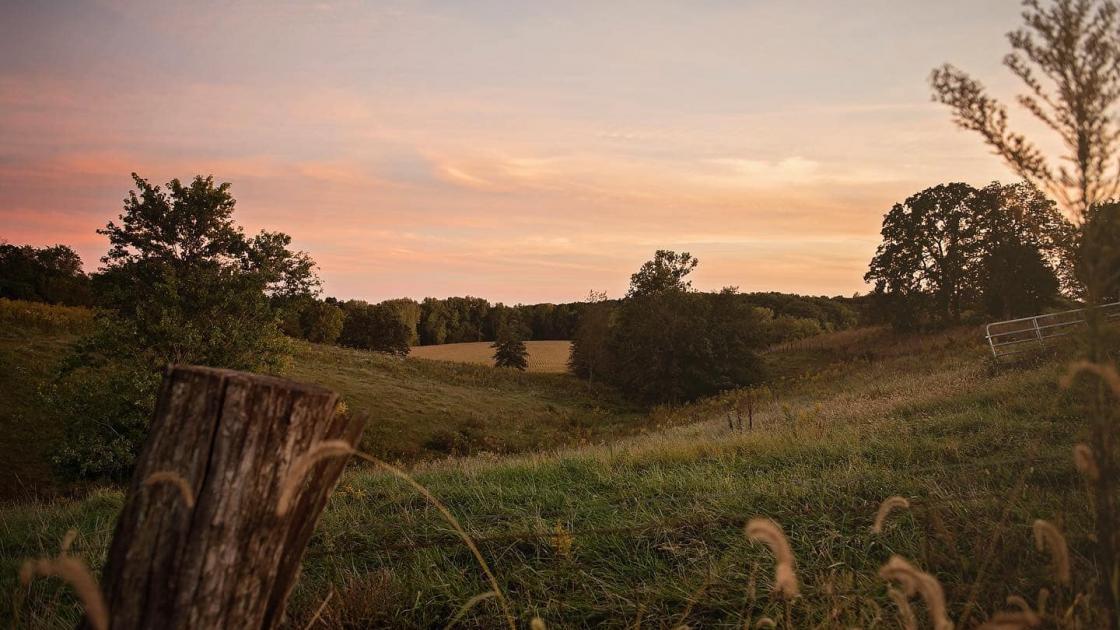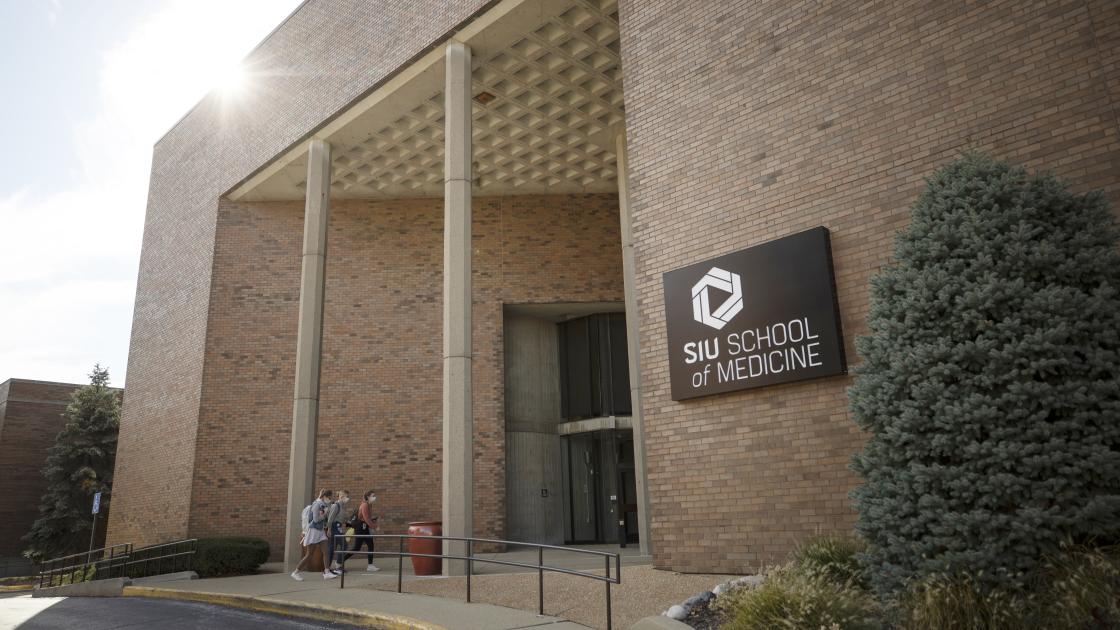
2020 Vision: Rural Health in Focus in Electoral Politics
Health advocates across the country experienced an apex of information and agenda-setting on the issue of rural health in early February. When New Hampshire voters made their way to the polls, they did so with more information on candidate stances on rural health than in any other recent election. As Democratic candidates packed to leave the first primary state, President Donald Trump was releasing an FY2021 budget that included new investments for rural America. In the very same week, health policy leaders gathered in Washington, DC, for the National Rural Health Association’s Rural Health Policy Institute. While there, they leaned into conversations about the role of health care policy in the 2020 election.
“Rural health care conversations are louder than they have been in the past,” said Heather Whetsell, administrative director of the SIU Medicine Department of Population Science and Policy. Whetsell also represents SIU on the NRHA Rural Health Congress’ hospital and community health systems constituency group. “We cannot afford to stay silent, as rural hospitals are closing, with even more at-risk for closure. There is a growing awareness that we need to advocate, educate and communicate on the importance of rural health.”
Rural health is a bipartisan issue that has been elevated to a position of prominence in the platforms for candidates seeking the highest office. Polls show that Americans are interested in the issues of rural health as part of a broader conversation about rising health care costs and decreased access for all.
A 2019 Bipartisan Policy Center (BPC) and American Heart Association poll reveals that 92 percent of Democrats and 93 percent of Republicans consider rural health to be an important issue. The survey further concludes that three in five voters say they are more likely to endorse a candidate who prioritizes rural health.
“We are pleased to see that our poll shows rural health is an issue of concern for rural, urban, and suburban Americans, and transcends political parties,” said former Senate Majority Leader Tom Daschle (D-S.D.), who is co-chairing a new BPC Rural Health Task Force with former Senator Olympia Snow (R-Maine). “Rural health has never been a top tier issue on the campaign trail. However, these findings show that it could be a powerful topic in the 2020 election. It should prompt every candidate and policymaker to address the challenges of rural health and take action,” he continued.
Beyond the campaign trail it’s clear that rural health isn’t just a positioning opportunity for candidates in pursuit of voters. It has also become a budget priority for the White House. President Trump had rural America in mind as he delivered a budget address that included spending on business loans, intranet access and infrastructure to rebuild rural America.
When it comes to health care, the administration has outlined four priorities: prevention, sustainable financing, technology and health care workforce solutions. Funding for rural health care programs include investments and payment updates for rural health clinics, emergency hospitals, telemedicine and telehealth services.
Autumn Bohac of Effingham was diagnosed with Type 1 diabetes when she was 16 years old. Now a 29-year-old mother of four, her health care journey reveals the everyday anxiety and pain that rural patients feel.
Autumn lives just a few blocks away from her town’s hospital. However, specialty care teams she has needed to manage her diabetes and four high-risk pregnancies have always been almost two hours away.
With her first two pregnancies, seeing a specialist required 1.5 hours of travel. However, during her third and fourth pregnancies, she was able to use telehealth for appointments with SIU Medicine’s Department of Maternal-Fetal Medicine in Springfield.
“I just can’t stress how nice it was to be able to have specialty appointments that didn’t require that I take an entire day off of work and search for childcare.”
Still, one stressor for Autumn and millions of mothers like her is there were no options to deliver her children at her hometown hospital. With her health history and the lack of a NICU, delivering her babies required that she travel nearly 2 hours away.
Patients living in rural communities with hospital closures, mergers and doctor shortages don’t need anyone to preach to them about the importance of building a better rural health infrastructure. Their long trips to rural emergency rooms, trouble accessing specialists and maternity wards speak louder than any elected official or candidate can.
Rural populations often face very distinct health challenges and disparities. Multiple factors for these disparities include poverty, social determinants, higher rates of obesity, smoking and decreased access to insurance in rural areas.
As a result, the health of rural patients tends to be worse than those in urban areas. According to a recent Pew Research Center survey, mortality rates for the five leading causes of death – heart disease, cancer, unintentional injury, low respiratory disease, and stroke – are all higher in rural areas.
In addition to measuring health disparities, rural health policy advocates are also paying attention to a disappearing health care infrastructure in rural America. According to the National Rural Health Association, more than three-fourths of rural counties are primary health professional shortage areas. More than 120 rural hospitals have closed since 2010 and hundreds more are vulnerable. And in an emergency, rural patients travel twice as far as urban residents to get to the closest hospital.
One of the root causes of rural health disparities is the nationwide shortage of primary care physicians that has a disproportionate impact on rural communities. The high cost of medical education remains a factor. Taking on medical school debt to work in a rural area with a modest salary continues to be a detriment to students who would otherwise choose to work in underserved areas. In addition to these personal factors, rural practitioners and hospitals receive lower reimbursement for the care provided to patients on Medicare and Medicaid.
“SIU School of Medicine was founded on the need to provide better care to the community in central and southern Illinois more than 50 years ago,” said Jerry Kruse, MD, dean and provost. “While the need was critical back in the 1960s, it remains a high priority for the medical school today. Creating the next generation of doctors to provide care to our communities – regardless of where they call home – is still a mission for us.”
Rural voters may not be paying attention to the political priming of candidates, but ample evidence shows candidates are paying attention to rural voters. Every presidential candidate had a rural agenda that includes ways to address doctor shortages, funding and reimbursement rate changes and telehealth expansions to improve access.
- Former Vice President Joe Biden has pledged additional funding for residency programs in rural areas.
- Former New York Mayor Mike Bloomberg wanted to change rural hospital payment models to fixed, capitated budgets.
- Senator Amy Klobuchar (D-MN) wanted to create a new Rural Emergency Hospital classification under Medicare so that more rural hospitals can maintain an emergency room and outpatient services.
- Senator Bernie Sanders (D-VT), like all Democratic candidates, wants to increase funding for the Community Health Center Fund and the National Health Services Corps to increase providers.
- Senator Elizabeth Warren, (D-MA) wanted to target residency placements in rural and medically underserved areas and higher reimbursement rates.
—
Polling data may show wide bipartisan support for rural health issues, but that doesn’t necessarily translate into voting behavior. Campaign promises don’t mean much to patients. Rural communities and patients are ready for real action and investments in the country’s rural health infrastructure.
Autumn wants every state and national policymaker talking about rural health to stop long enough to listen to the real-life struggles of people without transportation and access to health care that includes specialists and telehealth services. She believes that if they listen to stories like hers, they will quickly realize that this isn’t about election politics at all.
“It’s about access. It’s about the everyday struggle to get the care you need. These are the stories that politicians need to listen to.”



